October 2018 Ideas and Innovation
Read the articles selected in October 2018
Ethique et intelligence artificielle: récit d’une prise de conscience
By Morgane Tual & Alexandre Piquard
Source: Le Monde, 4 October
An ethical strategy on AI has to be set at European level, to not to meet partisan interests. The problem raised by several web giants serves also to escape the legislator’s hand in a steadily evolving sector, thanks to a soft self-regulation.
Read more:
How long is Saturn’s day? Search reveals an ever deeper mystery
By Paul Voosen
Source: Science, 4 October
Cassini spacecraft, measuring closer than ever Saturn’s magnetic field to determine the duration of one rotation, finding out two axes nearly perfectly symmetric has met another deep mystery.
Read more:
What happens in black holes? Hawking’s final paper released
By Ian Sample
Source: The Guardian, 11 October
The last Stephen Hawking’s paper, co-written with Malcolm Perry, explains “the paradox of the information” released by an object swallowed into a black hole with the effect on the photons surrounding the event and that cannot escape the gravitational pull.
Healthy mice from same-sex parents have their own pups
By Jeremy Rehm
Source: Nature, 11 October

An experiment of genetic engineering has allowed mice couples to procreate, which is impossible for mammals. The purpose of this study is not the clinical application on humans, but the identification of the genetic factors necessary to the development of healthy embryos.
Read more:
https://www.nature.com/articles/d41586-018-06999-6
Innovation
By Clément Lacombe
Source: L’Obs, 4 October
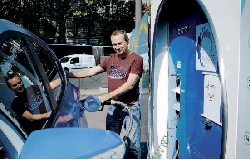
Hydrogen is the new ambition of ecological cars, pursued by the most prestigious auto industry companies. Though already old, it is still not perfect, and also expensive, but nevertheless it challenges to win the fight against fossil fuels. That is research for.
Dynamic duos
By Sarah Elizabeth Richards
Source: The Washington Post, 2 October
Twins are the object of study utilized to understand the genetic basis of diseases and their different expressions in subjects biologically identical, but exposed to different environments and lifestyles. As ideal experiments, they show in the same time the limits of science.
Dans l’antichambre de l’immortalité
By Caroline Christinaz & Valérie de Grafferied
Source: Le Temps, 3 October
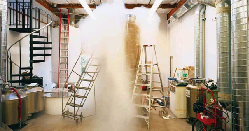
In Arizona, it is legal to let cryopreserve themselves in liquid nitrogen. In a laboratory in Phoenix, 163 persons have decided to freeze in the hope to resuscitate to science’s light for the day that science will have won the disease which has taken their own life. A strange dialogue with the death.
Prix Nobel
By Tristan Vey
Source: Le Figaro, 3 October
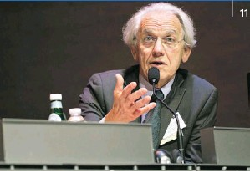
The Physics Nobel, assigned this year to a 96-years-old and a woman, has awarded the visionary invention of the ultrashort laser pulses, which allows studying materials in extreme conditions, and a system of optical tweezers which captures tiny particles.
Only a tenth of the human genome is studied
Source: The Economist, 20 September
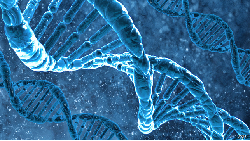
An algorithm has investigated why geneticists leave out thousands of important genes, and why only a small, albeit important part of the human genome, is disproportionately studied. The results seem to suggest that this reason is not a rational one. But in fact, money, and researchers tend to flow to easier and well-established subjects.
Read more:
Europe’s academics fail to report results for 90% of clinical trials
By Inga Vesper
Source: Nature, 13 September
Around half of all clinical trials carried out in Europe end up without published results within a year of ending, as it is mandated by the European Union. Companies tend to accomplish the European directions more than universities, a problem for science related to the conditions of academic work.
Read more:
https://www.nature.com/articles/d41586-018-06676-8
European court ruling raises hurdles for CRISPR crops
By Erik Stokstad
Source: Science, 25 July
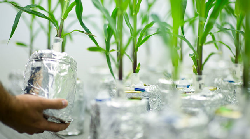
The European Court has stated in a sentence that the assessment for health and environmental impact must prevail over the interest of research, whenever the genetic material of an organism is altered in a way that does not occur naturally, including the CRISPR techniques within the reach of the MGO directive.
Read more:
Les scientifiques font le mur
By Martin Clavey
Source: Le Temps, 11 September
The movement for open access is equipped with more and more new tools to break the paywall of scientific publications. Born in 2011 with an illegal platform created by a kayak researcher, is undergoing an increasing institutionalization, reviving the sense for the open and universal essence of science.
Info
-
Pubblicato il :
14/01/2019
Modificato il : 04/04/2019

